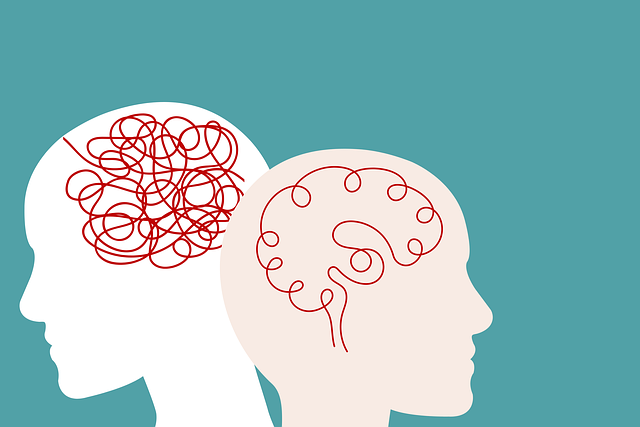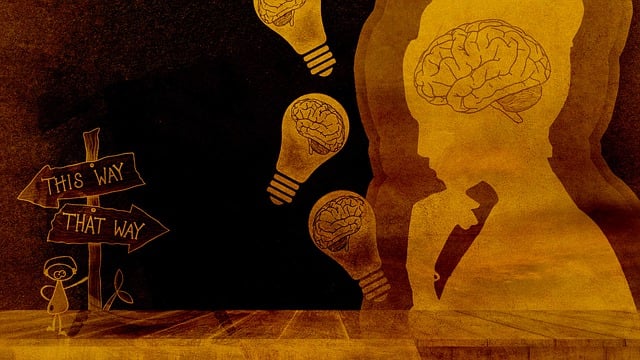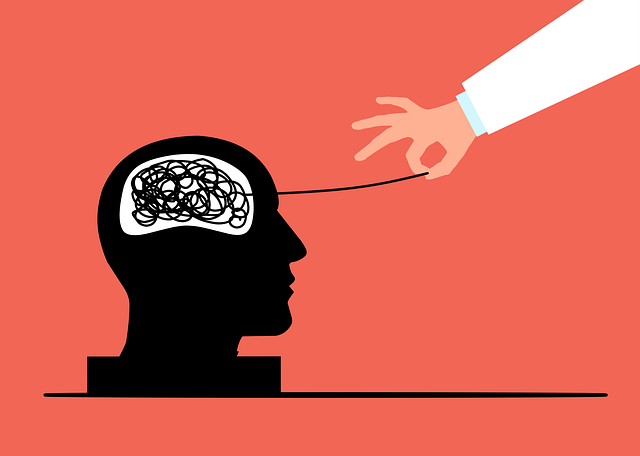Mental wellness programs for children, designed to prevent and mitigate issues like anxiety and depression, incorporate therapeutic techniques such as play therapy, art therapy, and cognitive behavioral therapy (CBT). CBT helps children challenge negative thoughts and behaviors, promoting healthier coping mechanisms. Evaluating therapy for children's phobias requires a comprehensive approach including standardized tools, qualitative methods, observational measures, and cultural competency training for healthcare providers. Psychologists use diverse techniques like structured interviews and play therapy to assess mental wellness programs. Continuous improvement based on participant feedback is crucial for tailoring interventions to individual needs. Regular assessments enable adaptations that improve program success. Case studies provide real-world insights into effective strategies for therapy interventions in children with phobias, emphasizing the importance of tailored approaches and evidence-based practices.
Mental wellness programs designed for children have gained significant attention due to their potential to foster healthy development. Evaluating these programs is crucial to understanding their efficacy, particularly in treating common childhood issues like phobias. This article explores various evaluation methods, from assessing therapy for children with phobias to popular techniques in child psychology. We delve into case studies showcasing successful mental wellness program implementations, highlighting the importance of continuous improvement based on feedback. By examining these approaches, we can enhance support for young minds.
- Understanding Mental Wellness Programs for Children
- Assessing the Efficacy of Therapy for Phobias
- Popular Evaluation Methods in Child Psychology
- Integrating Feedback and Continuous Improvement
- Case Studies: Success Stories in Children's Mental Health
Understanding Mental Wellness Programs for Children

Mental wellness programs designed for children aim to foster resilience, emotional intelligence, and overall well-being at a young age. These programs recognize that early intervention can prevent or mitigate issues like anxiety, depression, and phobias, which may otherwise persist into adulthood. Therapy for children often involves tailored techniques such as play therapy, art therapy, and cognitive behavioral therapy (CBT) to address specific needs. CBT, for instance, helps young minds challenge negative thoughts and behaviors, promoting healthier coping mechanisms.
Self-awareness exercises and stress management strategies are integral components of these programs. They teach children to recognize and express their emotions effectively while developing healthy habits to manage stressors. Additionally, mental wellness programs may incorporate activities focused on depression prevention, such as building social skills, encouraging physical activity, and providing safe spaces for open communication. These holistic approaches aim to empower children with the tools necessary to navigate their emotional landscapes and lead fulfilling lives.
Assessing the Efficacy of Therapy for Phobias

Evaluating the efficacy of therapy for children’s phobias is a multifaceted process. It involves assessing both the reduction in fear-related symptoms and improvements in overall mental wellness. Standardized assessment tools, such as anxiety scales and visual analogies, can quantify the child’s progress over time, providing valuable insights into the success of the therapy. Additionally, qualitative methods like parent and child interviews offer deeper understanding of emotional experiences and functional changes.
Conflict resolution techniques learned during therapy can be indirectly assessed through observational measures, noting how children navigate social interactions and handle fearful situations outside of therapy sessions. Healthcare provider cultural competency training is also crucial, ensuring that both therapists and parents are attuned to the unique cultural contexts influencing a child’s phobia and its treatment. This holistic approach to evaluation ensures that mental wellness programs for children with phobias are not only effective but also culturally sensitive and inclusive.
Popular Evaluation Methods in Child Psychology

In child psychology, evaluating mental wellness programs requires a multifaceted approach tailored to young minds. Popular methods include structured interviews, where professionals delve into children’s thoughts and emotions using standardized questions, offering insights into their mental state. Another effective technique is play therapy, utilizing a child’s natural tendency to express themselves through play to assess underlying issues, including phobias, which often manifest as avoidance behaviors during play scenarios.
Crisis intervention guidance plays a crucial role in acute situations, providing immediate support and conducting risk assessments for mental health professionals to gauge potential hazards. Additionally, community outreach program implementation allows for widespread access to resources, ensuring that children from diverse backgrounds receive necessary therapy for phobias and other mental health concerns. This holistic approach considers not just individual needs but also the impact of societal factors on a child’s mental wellness.
Integrating Feedback and Continuous Improvement

Effective mental wellness programs recognize that continuous improvement is key to their success. Integrating feedback from participants, including children struggling with phobias who often require specialized therapy, is an essential aspect of this process. By actively incorporating feedback, program developers can tailor interventions to better meet the unique needs of each individual. This iterative approach ensures that the program remains relevant and effective in addressing issues like anxiety and fostering positive thinking.
Regular assessments and ongoing monitoring allow for the identification of areas needing enhancement, whether it’s refining crisis intervention guidance or introducing new techniques to aid in anxiety relief. Such adaptations not only improve the overall effectiveness of the program but also create a more engaging and supportive environment for participants. This dynamic nature fosters trust and encourages active participation, ultimately contributing to better outcomes in mental wellness initiatives targeting vulnerable populations, such as children with phobias.
Case Studies: Success Stories in Children's Mental Health

Case studies offer powerful tools for evaluating mental wellness programs, especially when it comes to children’s mental health. These success stories provide real-world examples of effective interventions and strategies that can be replicated and adapted for various contexts. By examining specific cases, such as therapy for children with phobias, researchers and healthcare providers gain valuable insights into the factors contributing to positive outcomes. This approach allows for a deeper understanding of what works, for whom, and under what circumstances, enhancing the effectiveness of mental wellness programs.
For instance, successful case studies highlight the importance of tailored therapy approaches, considering individual needs and cultural backgrounds. They demonstrate how Healthcare Provider Cultural Competency Training and Mental Health Awareness can significantly impact treatment outcomes. By assessing risks and implementing evidence-based practices, mental health professionals can create supportive environments that foster resilience and recovery in children facing various challenges, including phobias.
Mental wellness programs for children, including therapy for phobias, require a multifaceted evaluation approach. By understanding the unique needs of young minds and employing popular psychological assessment methods, professionals can gauge the efficacy of interventions effectively. Integrating feedback from various sources allows for continuous improvement, ensuring tailored support for each child’s journey towards mental well-being. Case studies demonstrate that these strategies translate into success stories, offering hope and guidance to navigate the landscape of children’s mental health.








